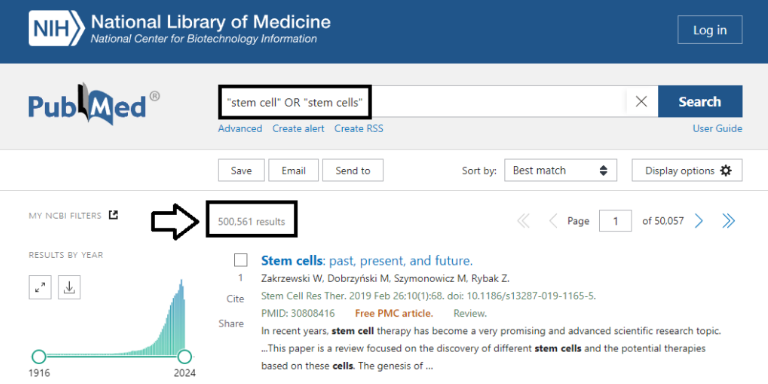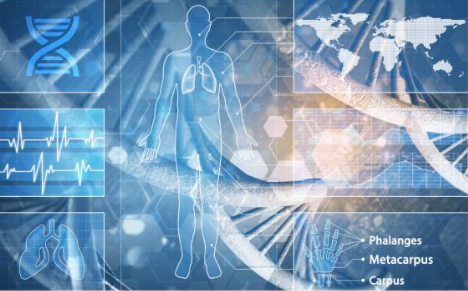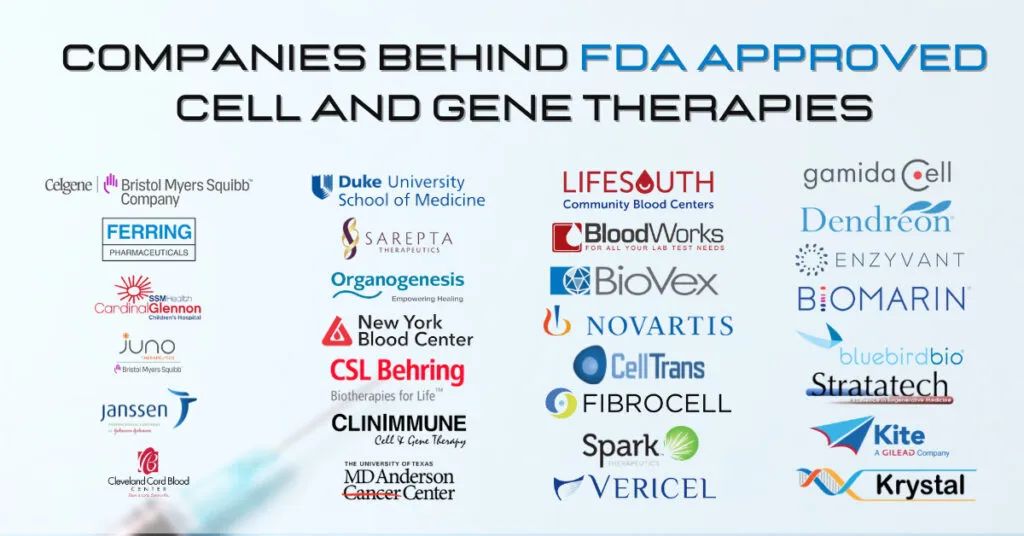
Source: Stem Cells and Genetic Sciences

Stem cell science, a shining star in the field of life sciences, has experienced a long and challenging development process. We have been fortunate to witness a major breakthrough in this field - as of this month, the number of scientific papers on stem cells in the PubMed database surpassed 500,000. This milestone is more than just a numerical increase; it is a powerful testament to the growing maturity of stem cell research.
Since 2006, stem cell research has gradually embarked on the road to growth. At the time, there were about 100,000 PubMed articles on stem cells. Today, we're seeing a fivefold increase in that number, which is not just an increase in numbers, but an expansion in the depth and breadth of stem cell science. This achievement has not been possible without the hard work and dedication of scientists around the world.
The rapid development of stem cell science indicates that its basic research has become increasingly mature. From cell therapy to drug discovery to disease modeling, stem cells have an ever-expanding range of applications. They show great potential in many disciplines such as regenerative medicine and neurobiology. In addition, the ability of stem cells to self-renew and differentiate makes them uniquely valuable in personalized medicine and tissue engineering.
Remarkably, stem cell therapies have made substantial progress globally. As of April 2023, there are 1,120 registered clinical trials using mesenchymal stem cell (MSC) therapies, PubMed reports. Twelve MSC therapies have received regulatory approval for commercialization, nine of which are from Asia, with South Korea being the country with the most approved therapies.

In the United States, the only stem cell-based treatment currently routinely reviewed and approved by the U.S. Food and Drug Administration (FDA) is hematopoietic (or blood) stem cell transplantation to treat cancers and diseases that affect the blood and immune system. Stem cell therapies for all other conditions are still experimental.

In Europe, Alofisel, developed by TiGenix, is the first market-authorized stem cell therapy made from donor stem cells for the treatment of complex perianal fistula in Crohn's patients - one of the most painful complications of Crohn's disease. In Japan, the government approved a stem cell therapy for spinal cord injuries, the first time such injuries have received government approval to be marketed to patients.
In the face of the remarkable progress of stem cell research, there are still some people who are skeptical and opposed. However, the accumulation of 500,000 scientific papers has fully demonstrated the scientific and rigorous nature of stem cell research. This figure is not only a recognition of the hard work of the researchers, but also a powerful response to the skeptical opposition. Stem cell science is not a castle in the sky, but a solid field built on experimental data and scientific validation.
The future of stem cell science is promising. With the deepening of research, we are expected to see more innovations and breakthroughs in disease treatment and health management. For every step of stem cell science progress, we should look at and evaluate with a scientific eye. At this important moment in history, let us pay our deepest tribute to all the scientists, doctors, and researchers who work on stem cell research. The history of stem cell science is the best proof of scientific exploration and the crystallization of human wisdom.